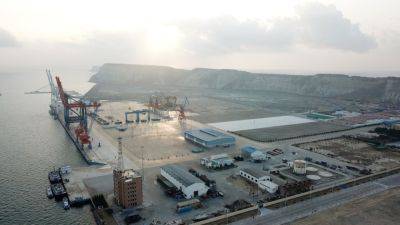UN aims ‘to bring multilateralism back’ as it adopts Pact for the Future
UN member countries adopt blueprint for the future to tackle wars, environmental threats and technological challenges facing humanity.
The United Nations General Assembly has adopted a “Pact for the Future”, which UN Secretary-General Antonio Guterres described as a landmark agreement that is a “step-change towards more effective, inclusive, networked multilateralism”.
The pact, which also includes an annex on working towards a responsible and sustainable digital future, was adopted without a vote on Sunday at the start of a two-day Summit of the Future.
The agreement came after some nine months of negotiations. “We are here to bring multilateralism back from the brink,” Guterres told the summit.
As an opener for the annual high-level week of the UN General Assembly, which begins on Tuesday, dozens of heads of state and government had gathered for the adoption of the pact.
Leaders pledged to bolster the multilateral system to “keep pace with a changing world” and to “protect the needs and interests of current and future generations” facing “persistent crisis”.
“We believe there is a path to a brighter future for all of humanity,” the document of the pact said.
The UN chief has long pushed for the pact, which covers themes including peace and security, global governance, sustainable development, climate change, digital cooperation, human rights, gender, youth and future generations. It lays out some 56 broad actions that countries pledged to achieve.
The adoption of the pact, however, faced a brief delay when Russia’s deputy minister of foreign affairs, Sergey Vershinin, introduced an amendment, emphasising the “principle of non-interference in the internal affairs of states”.
Russia’s objections were backed by allies







